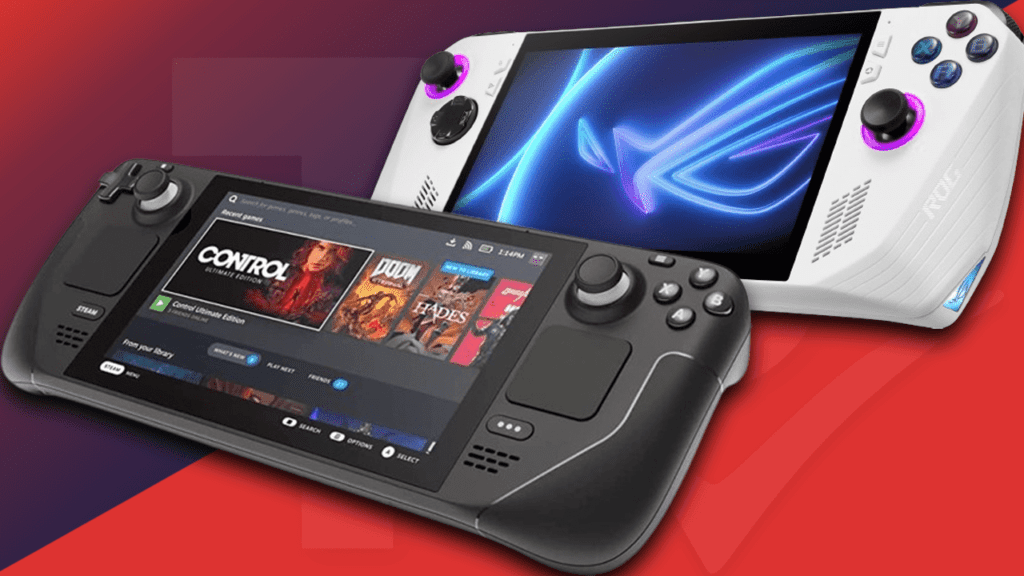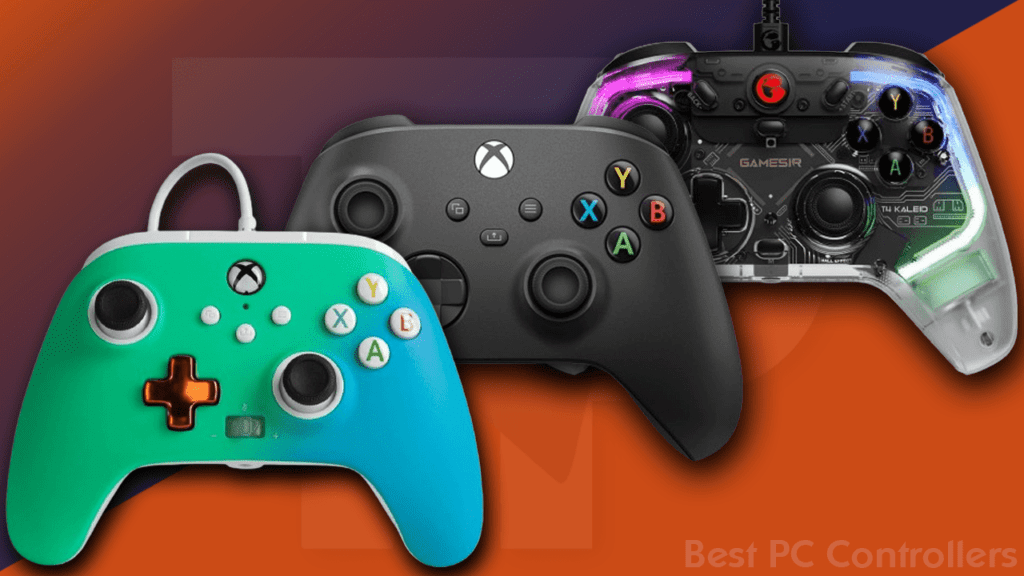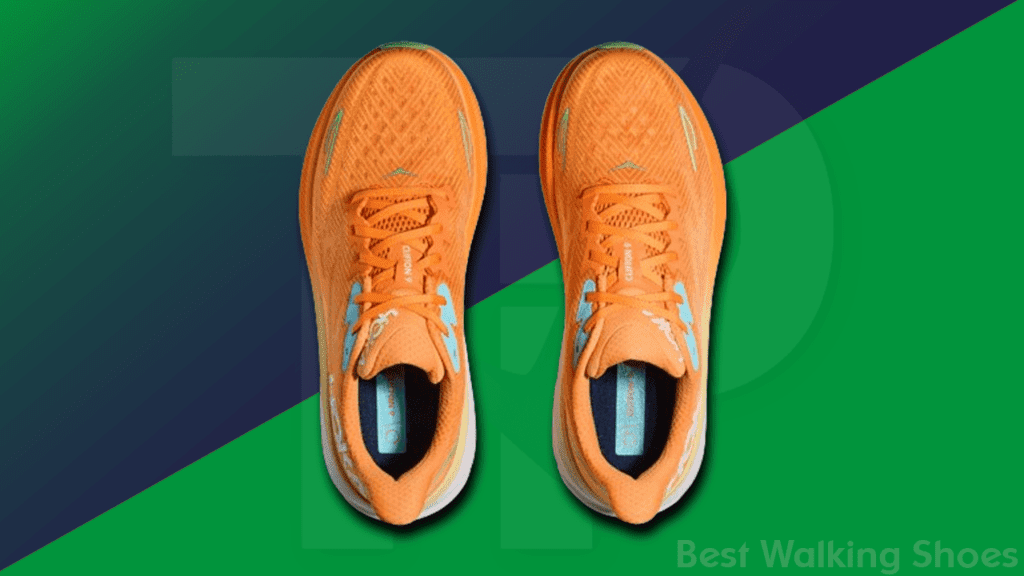Thanks to the accessibility and versatility of point-and-shoot cameras, capturing life’s most valuable moments has never been easier in the age of speed recording. Professional and amateur photographers could now effortlessly take amazing pictures because of the small, powerful cameras that revolutionized photography. With their user-friendly interfaces, automatic settings, and compact designs, point-and-shoot cameras have become an option for impromptu occasions, family get-togethers, and daily adventures.
As the demand for portable and hassle-free photography solutions continues to rise, it’s no surprise that the market is flooded with many options. Finding the perfect point-and-shoot camera can be daunting, with many models boasting various features and capabilities. That’s where we come in. In this comprehensive guide, we’ll delve into the world of point-and-shoot cameras, unraveling the intricacies of their functionality and presenting a detailed comparison of the 5 best point-and-shoot cameras available on the market today. Whether you’re a seasoned photographer seeking a compact companion for your travels or a novice looking to dip your toes into the world of photography,
we aim to help you find the perfect shot with the perfect camera. So, without further ado, let’s dive in and explore the world of point-and-shoot photography.
Top 5 Best Point-and-Shoot Cameras – Quick List
1. Sony RX100 VII


The Sony RX100 VII Premium Compact Camera is a powerhouse packed into a sleek and portable design. With its 20.1MP 1.0-type stacked CMOS sensor, this camera delivers stunning image quality that will leave you in awe. Whether you’re capturing breathtaking landscapes or candid portraits, the Sony RX100 VII ensures every shot is nothing short of perfection.
One of the standout features of this camera is its Zeiss Vario Sonnar T 24-200mm F2.8-F4.5 large aperture high magnification zoom lens. This impressive lens allows you to zoom in on the action with unparalleled clarity and precision, making it ideal for capturing everything from wide-angle shots to close-up details.
The Sony RX100 VII is also a speed demon in autofocus, with a blazing fast 0.02 sec. With high AF speed and 357 points focal plane Phase detection AF combined with 425-point contrast-detection AF, you can trust that your subjects will always be in sharp focus, even in the most challenging shooting conditions.
Moreover, the Sony RX100 VII boasts up to 20 fps blackout-free Shooting, ensuring you never miss a moment of the action. Whether you’re capturing fast-paced sports or playful pets, this camera keeps up with your every move, allowing you to seize the moment confidently.
And let’s remember its video capabilities. With 4K video with us log3 and Interval Shooting, you can unleash your creativity and capture stunning footage worthy of the big screen. Plus, with a microphone jack and vertical position data recording, you have everything you need to take your videography to the next level.
If you’re in the market for a premium compact camera that delivers exceptional performance in a portable package, look no further than the Sony RX100 VII. Its impressive features and versatile capabilities make it a camera that will take your photography to new heights.
2. Ricoh GR III


The Ricoh GR III Digital Compact Camera is a powerful yet compact companion for capturing life’s unforgettable moments. With its 24mp APS-C-size image sensor and 28mm F 2.8 lens, this camera delivers stunning image quality that exceeds expectations. Whether you’re a seasoned photographer or a casual enthusiast, the Ricoh GR III is designed to inspire creativity and ignite your passion for photography.
One of the standout features of this camera is its Full HD movie recording capability, allowing you to capture smooth and detailed videos easily. Whether documenting a special event or creating cinematic masterpieces, the Ricoh GR III ensures every frame is crisp, clear, and full of life.
However, it’s not only about video – the Ricoh GR III also excels with still photography due to the improved low-light performance, which is as high as ISO 1024400. This feature is awe-inspiring, and it is possible to shoot confidently, even in harsh lighting, without degrading quality. Additionally, using an RAW image recorder with 14-bit depth, you can use your creative side through post-processing to make your ideas come into reality.
Another highlight of the Ricoh GR III is its built-in stabilization system, ensuring sharp and steady images, even when shooting handheld or low-light. Combined with its magnesium alloy exterior frame for durability, this camera is built to withstand the rigors of everyday use, making it the perfect companion for your adventures, whether you’re exploring the great outdoors or navigating bustling city streets.
If you’re searching for a robust and durable compact camera that offers amazing performance in a small camera, consider the Ricoh GR III. With its outstanding capabilities and amazing photo quality, this came I will surely exceed your expectations and propel ytography’s quality.
3. Canon PowerShot G5 X Mark II


Introducing the Canon PowerShot G5 X Mark II Digital Camera, a compact powerhouse designed to elevate your photography experience. With its 20.1 Megapixel 1.0″ Stacked CMOS Sensor and DIGIC 8 Image Processor, this camera delivers stunning image quality and performance that rivals even DSLRs. Whether you’re capturing breathtaking landscapes or candid portraits, the Canon PowerShot G5 X Mark II ensures every shot is nothing short of perfection.
One of the standout features of this camera is its 5x Optical Zoom Lens (24-120mm f/1.8-2.8), which allows you to zoom in on the action with unparalleled clarity and precision. Whether shooting from a distance or up close, you can trust that your subjects will always be in sharp focus, even in challenging lighting conditions.
It’s about more than still images as the Canon PowerShot G5 X Mark II is also an excellent choice for video recording and has the highest resolution, 4K UHD 2160p. Capturing a memorable occasion or shooting cinematic art will ensure that each frame is clear, smooth, and vibrant.
One of the key highlights of the Canon PowerShot G5 X Mark II is its compact and portable design, making it the perfect companion for photographers on the go. Despite its small size, this camera packs a punch with DSLR-level performance, allowing you to capture stunning images easily.
Additionally, the Canon PowerShot G5 X Mark II boasts a range of creative shooting modes, including Panoramic and Star Shooting Modes, allowing you to unleash your creativity and capture unique and memorable photos. Plus, with continuous shooting up to 20 fps (30 fps with RAW burst mode), you can capture every moment, no matter how fleeting.
Finally, if you’re searching for a small and flexible camera that offers amazing picture quality and efficiency, you should consider Canon’s PowerShot G5 X Mark II. With its amazing capabilities, innovative ways of shooting, this camera is guaranteed to exceed your expectations and elevate your photography to a whole new stage.
4. Panasonic LUMIX ZS80


Panasonic LUMIX ZS80 20.3MP Digital Camera is a versatile companion that captures your memories in stunning detail. With its 20.3MP M.O.S. high-resolution sensor, this camera excels in low-light conditions, delivering vibrant, clear images that truly stand out.
One of the Panasonic LUMIX ZS80 highlights is its Leica DC VARIO ELMAR lens, offering an impressive 24mm ultra-wide angle and 30x telephoto capability. Whether capturing sweeping landscapes or zooming in on distant subjects, this lens ensures every shot is sharp and well-defined.
The Panasonic LUMIX ZS80 also features Power O.I.S. Optical Image Stabilizer, providing steady shooting even in challenging conditions. Say goodbye to blurry photos and hello to crisp, sharp images every time.
Additionally, the camera boasts a 3.0-inch touch control monitor with 180-degree tilt capability, allowing you to compose shots from any angle easily. Plus, with Bluetooth and Wi-Fi connectivity, you can instantly share your photos with friends and family, no matter where you are.
The Panasonic LUMIX ZS80 also offers a range of creative features, including 4K PHOTO MODE and Sequence Composition, allowing you to capture fleeting moments easily. For those who prefer manual control, the camera offers manual exposure control, allowing you to adjust settings to suit your needs.
If you’re looking for a camera that offers outstanding image quality, flexibility, and portability, look at the Panasonic LUMIX ZS80. The camera’s outstanding features make it one of the cameras sure to meet your expectations and create memories that last forever.
5. Sony ZV-1


The Sony ZV-1 Digital Camera is a game-changer in content creation and vlogging. With its 20.1MP stacked back-illuminated 1″ Exmor RS CMOS sensor and large aperture 24-70mm F1.8-2.8 ZEISS Vario-Sonnar T lens, this camera delivers exceptional image quality that will impress even the most discerning photographers.
One of the standout features of the Sony ZV-1 is its built-in microphone with a detachable windscreen, ensuring crystal-clear audio for your videos. Plus, with a standard 3.5mm mic jack and MI shoe for additional audio options, you have everything you need to capture professional-quality sound.
It’s not all about sound quality; this Sony ZV-1 also excels in video quality, particularly when shooting in dim light. When shooting indoors and outdoors, this camera will ensure that every shot is crisp as well as vibrant and vibrant.
Regarding usability, the Sony ZV-1 is a dream to work with. Its intuitive interface and lightweight design make it perfect for new and seasoned vloggers alike. Plus, Bluetooth connectivity lets you easily transfer your photos and videos to your smartphone to share with friends and followers.
Look for the Sony ZV-1 if you’re looking for a camera with great audio and image quality. With this camera’s remarkable powers and elegant design, you may achieve the best possible results.
Buying Guide: How to Choose the Best Point and Shoot Camera
Point-and-shoot cameras offer convenience, portability, and ease of use, making them a popular choice for casual photographers and professionals. Choosing the right point-and-shoot camera can seem overwhelming, with a wide range of available options. Here are some key factors to consider to help you make the perfect buying decision:
Image Quality:
- Look for a camera with a high-resolution sensor and advanced image processing capabilities to ensure crisp, clear photos.
- Consider the lens quality and zoom range for versatility in capturing different shots.
Size and Portability:
- Determine how important portability is for you. Choose a compact and lightweight camera if you plan to carry it everywhere.
- Balance size with features – some cameras may sacrifice size for additional functionalities.
Features and Functionality:
- Assess the camera’s features, such as autofocus speed, image stabilization, and shooting modes, to ensure they meet your needs.
- For added convenience, look for advanced features like 4K video recording, wireless connectivity, and touchscreen interfaces.
Battery Life:
- Consider the camera’s battery life, especially if you plan to use it extensively throughout the day.
- Look for cameras with long-lasting batteries or the option to swap out batteries for extended shooting sessions easily.
Budget:
- Set a budget and stick to it. Determine how much you will spend on a point-and-shoot camera and prioritize features based on your budget.
- Keep in mind that higher-priced cameras may offer more advanced features and better image quality, but there are also budget-friendly options available that can still deliver impressive results.
Reviews and Recommendations:
- Read reviews from experts and fellow users to understand the camera’s performance, reliability, and user experience.
- Consider recommendations from trusted sources or photographers with experience with the camera you’re interested in.
Try Before You Buy:
- Test the camera in person to get a feel for its size, ergonomics, and usability.
- Experiment with different shooting modes and settings to see how the camera performs in real-world conditions.
Considering these factors and doing thorough research, you can confidently choose the best point-and-shoot camera that suits your needs and preferences. Whether you’re capturing everyday moments or embarking on a photography adventure, a quality point-and-shoot camera can be the perfect companion to help you capture memories that last a lifetime.
Conclusion:
In conclusion, selecting the perfect point-and-shoot camera involves weighing factors such as image quality, portability, features, battery life, and budget. From compact designs ideal for travel to advanced models offering superior image processing, there’s a point-and-shoot camera to suit every photographer’s needs. Whether you’re a novice seeking simplicity or a seasoned pro demanding versatility, the right choice can elevate your photography experience, capturing moments with clarity and convenience that rival larger DSLRs. Choose wisely, and embark on your photographic journey with confidence.
FAQ’s:
What is point-and-shoot in a camera?
Point-and-shoot is a type of camera designed for simplicity and ease of use, typically featuring automatic settings for focus, exposure, and other functions. These cameras are ideal for casual photographers who want to capture moments quickly without requiring manual adjustments or technical expertise.
What is the difference between a DSLR and a point-and-shoot camera?
DSLR (Digital Single-Lens Reflex) cameras offer interchangeable lenses, manual controls, and advanced features suitable for professional photographers. Point-and-shoot cameras are compact, easy to use, and often lack interchangeable lenses, ideal for casual photographers seeking simplicity and convenience in capturing moments without extensive technical knowledge or manual adjustments.
What are the benefits of a point-and-shoot camera?
Point-and-shoot cameras offer simplicity, portability, and ease of use, making them ideal for casual photographers. They require minimal technical knowledge, feature automatic settings for focus and exposure, and are compact enough to carry anywhere. Additionally, they often come at a lower price than DSLR cameras.
Do professional photographers use point-and-shoot cameras?
While professional photographers primarily use DSLR or mirrorless cameras for their advanced features and interchangeable lenses, some may use point-and-shoot cameras for specific purposes. They may utilize them as secondary or backup cameras, for quick snapshots, or in situations where portability and discretion are essential.
Is a point-and-shoot a professional camera?
Point-and-shoot cameras are not typically considered professional-grade due to their limited manual controls, fixed lenses, and smaller image sensors. While they suit casual and everyday photography, professional photographers usually opt for DSLR or mirrorless cameras for their advanced features and customization options.
Are DSLR cameras better than point-and-shoot?
DSLR cameras offer superior image quality, interchangeable lenses, and advanced manual controls, making them preferred by professional photographers for their versatility and customization options. While point-and-shoot cameras are more convenient and portable, DSLRs provide greater flexibility and performance, especially in challenging shooting conditions and for specialized photography needs.
Why is DSLR better than point-and-shoot?
DSLRs offer superior image quality, interchangeable lenses, and advanced manual controls compared to point-and-shoot cameras. With larger sensors and more customization options, DSLRs provide greater versatility, performance, and image fidelity, making them preferred by professional photographers for their ability to capture stunning photos in various conditions.
Which type of camera is called a point-and-shoot camera?
A point-and-shoot camera is a compact digital camera designed for simplicity and ease of use. These cameras typically feature automatic settings for focus, exposure, and other functions, making them ideal for casual photographers who want to capture moments quickly without manual adjustments or technical expertise.
How do point-and-shoot cameras focus?
Point-and-shoot cameras typically use autofocus systems to focus on subjects. They employ various methods, such as contrast or phase detection, to analyze the scene automatically and adjust the focus. Some models also offer face detection or tracking autofocus for accurately capturing moving subjects.



